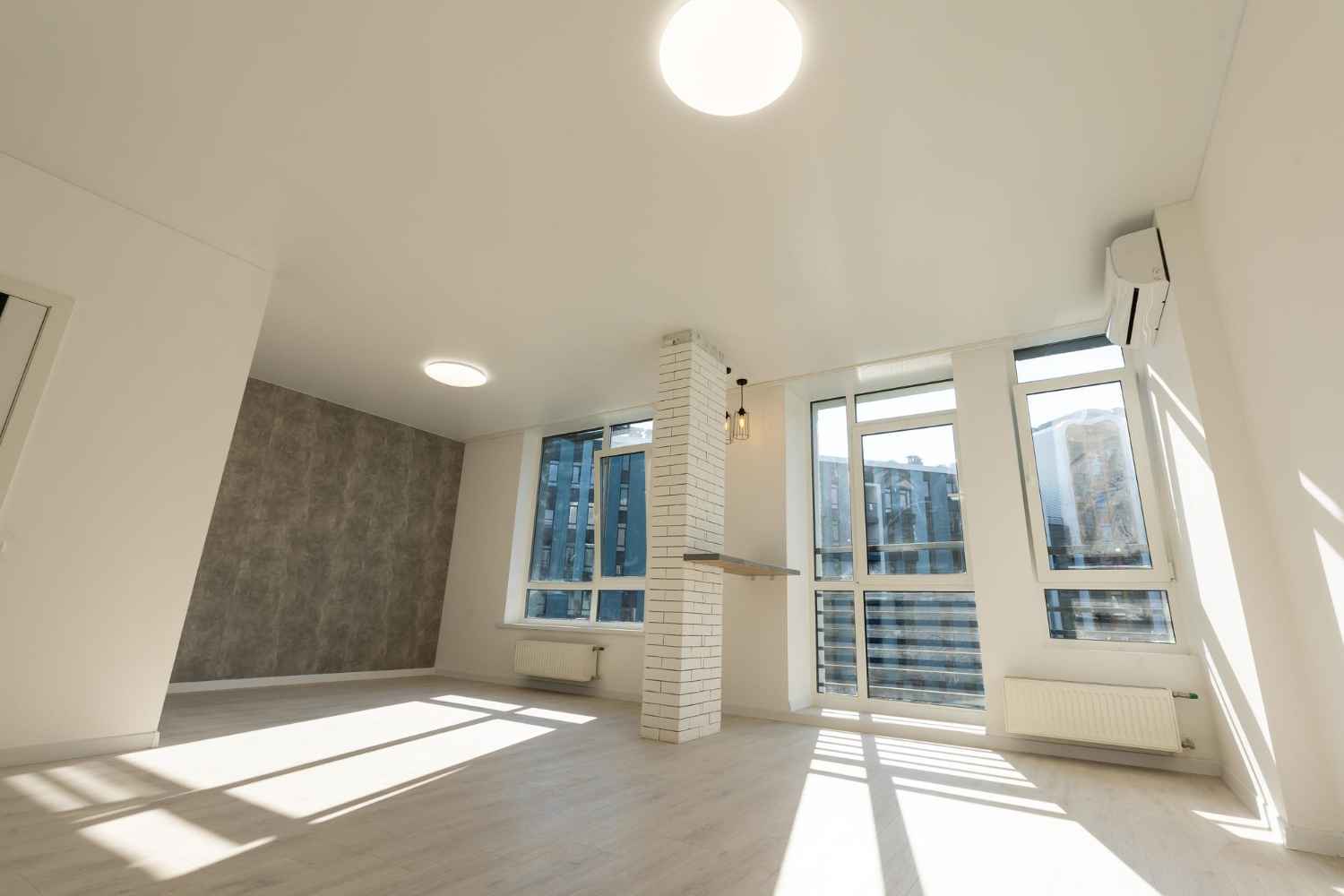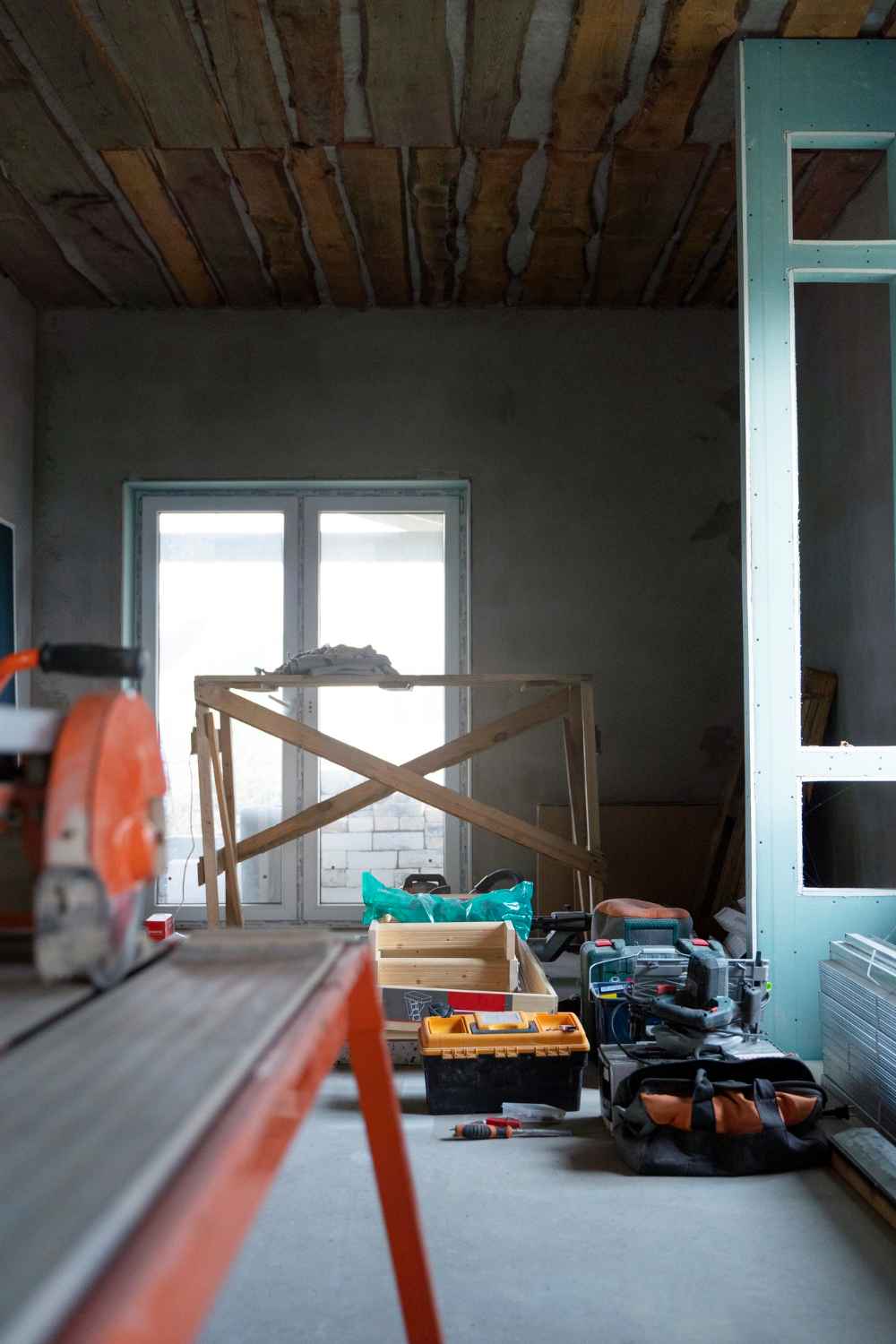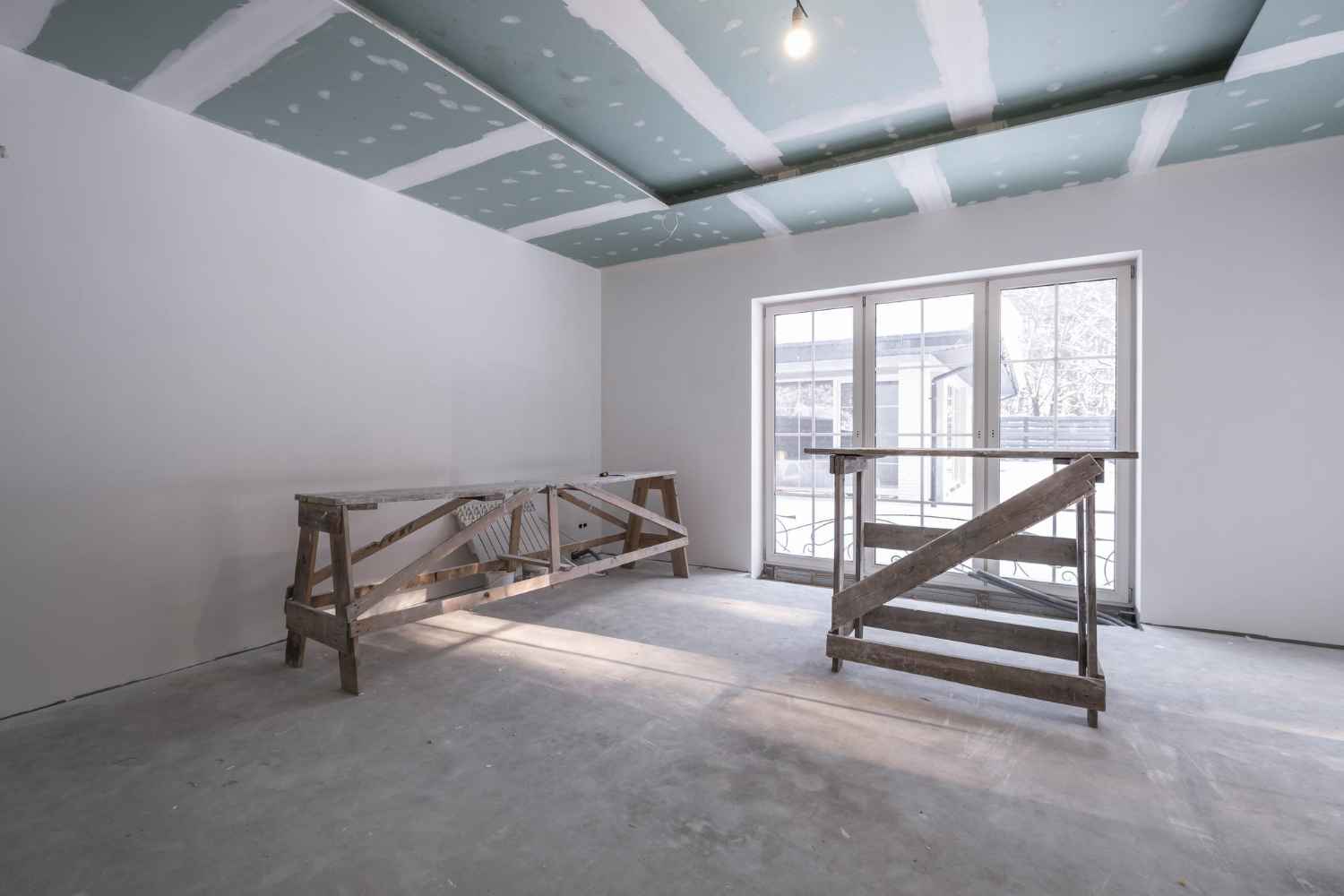This is probably the most asked question about loft conversions. In this blog, we have answered this question in a detailed way. We have not only explained when you may need planning permission to build your house extension but have also described building regulations and permitted development rights for loft conversions.
What Are Permitted Development Rights for Loft Conversions?
Volume Allowance:
The total volume of the loft conversion, including any previous loft conversions, must not exceed 40 cubic metres for a terraced house and 50 cubic metres for a detached or semi-detached house. This volume is calculated by measuring the internal volume of the roof space and does not include any roof space that was initially designed to be used as living space.
Roof Extension:
The loft conversion must not extend beyond the existing roof slope at the front of the property. If the loft conversion is on the side or rear of the property, it must not extend beyond the existing roof slope or higher than the highest part of the roof.
Materials:
The materials used for the loft conversion must be of a similar appearance to the existing house.
Windows:
Any windows installed as part of the loft conversion must be obscure, glazed and non-opening if located within 1.7m of the floor. Additionally, any windows must not protrude more than 15cm from the existing roof slope.
Hip-to-Gable Extensions:
A hip-to-gable extension involves extending the hip roof at the side of the property to create a gable end. It may be allowed under permitted development rights as part of a loft conversion. However, it must not exceed the height of the existing roof ridge.
Dormer extensions:
These involve extending the roof at the rear of the property to create additional headroom. It may be allowed under permitted development rights as part of a loft conversion. However, the size and positioning of the dormer must meet specific requirements, such as not exceeding the highest part of the roof, not extending beyond the existing roof slope, and not being located on the front elevation of the property.


When Do You Need Planning Permission for Your Loft Conversion?
Your Property is in a Designated Area:
If your house is located in a national park, conservation area, or an area of outstanding natural beauty, planning permission may be required for a loft conversion. These areas have special planning regulations in place to protect their character and appearance, and any changes to buildings within them may need to be carefully considered.
You Want to Exceed Your Permitted Development Rights:
If your loft conversion does not meet the requirements for permitted development rights, you will need to apply for planning permission. For example, planning permission will be required if the total volume of the loft conversion exceeds 40 cubic metres for a terraced house.
You Want to Alter the Roof Significantly:
If the planned loft conversion involves significantly altering the shape, height or appearance of the roof, planning permission may be required. This could include adding dormer windows, raising the roofline, or altering the pitch of the roof. These changes can affect the character and appearance of the building and the surrounding area, so planning permission may be needed to ensure that they are appropriate.
You Want to Build a Balcony or Veranda:
If the planned loft conversion involves the addition of a balcony, veranda or raised platform, planning permission will likely be required. These features can have an impact on the privacy of neighbouring properties, as well as the appearance of the building and the surrounding area, so they will need to be carefully considered as part of the planning process.
You Want to Use Your House Commercial Purposes:
If the loft conversion is to be used for commercial purposes, planning permission will usually be required. This could include using the space as an office, a workshop or a retail unit. In these cases, there may be additional planning considerations, such as access for customers and parking requirements.
Building Regulations for Loft Conversions
- You must add fire-resistant doors and smoke alarms to ensure fire safety.
- Windows should be big enough to be used as a fire escape route.
- Floor joists must be modified according to the new load requirements.
- Make sure to provide proper sound insulation.
- The staircase must be wide enough to provide an escape in the event of a fire.

